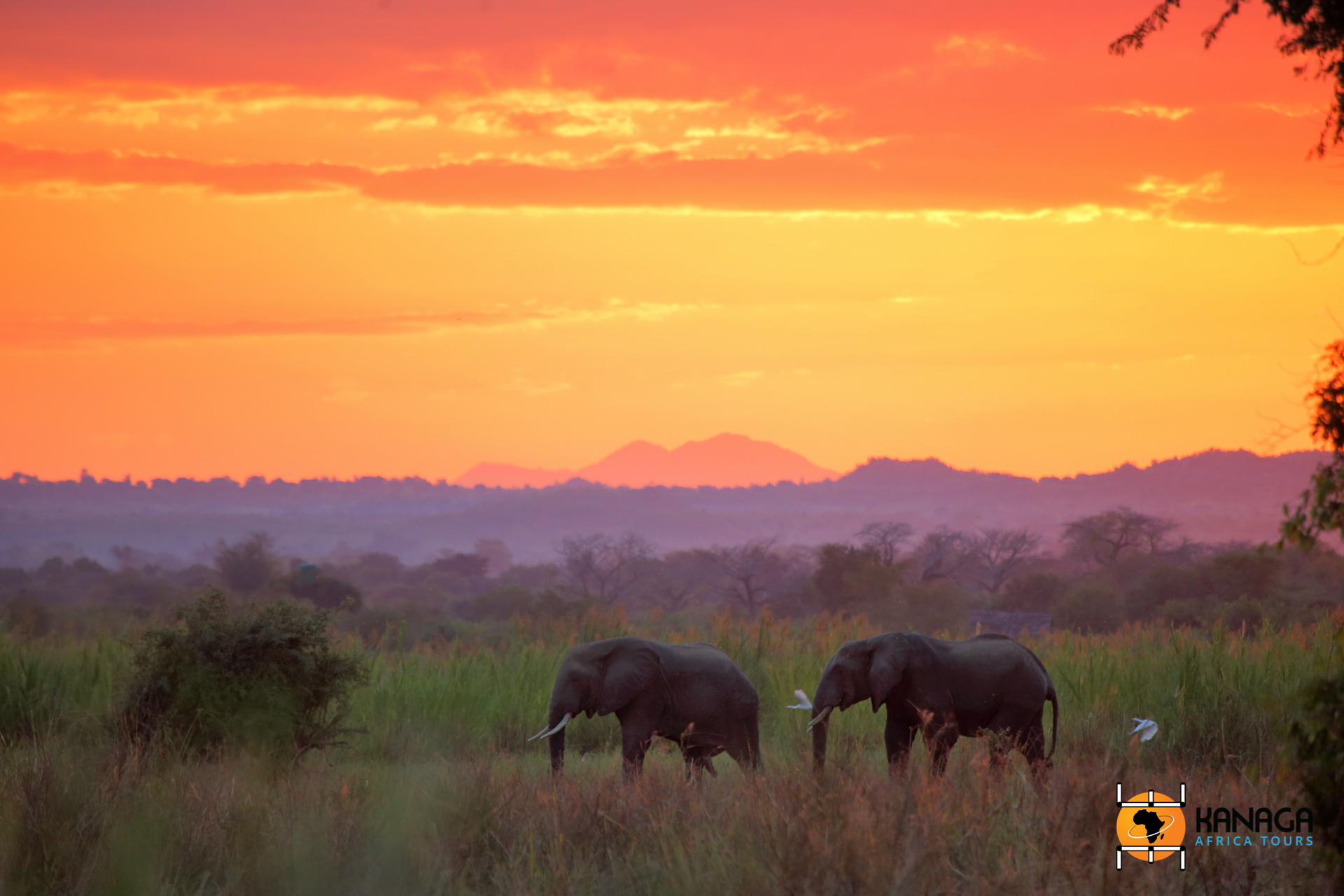Thinking about a safari in Africa, mind goes back to the great national parks of the southern region and the boundless wildlife reserves of Tanzania or Kenya, to name but a few of the most popular countries for safari tourism. Few would think of planning a game drive in the unknown Malawi, even though it is a country that does not skimp on spectacular sightings and boasts a copious presence of the sought-after ‘Big Five’.
The added value in choosing Malawi is therefore surely that of the privilege, for a traveller, in finding himself completely alone in front of the most authentic and wild nature, far from the beaten track of international tourism in Africa.
Malawi’s national parks certainly have the advantage of being less vast areas than the large parks in neighbouring countries, and much less frequented, where the opportunities for sightings are multiplied by the concentration of fauna that is not disturbed in its usual rhythms.
In the north of the country, the must-see is definitely the Nyika National Park, with its temperature ranges that envelop everything in mist, as zebras, hyenas, antelopes and shy leopards begin to peep through the grasslands interspersed with forest vegetation.
In the south, one of the undisputed pearls is certainly the Liwonde Park, in a setting of savannahs with warm temperatures, typical of Africa, whose territory is crossed by the Shire River and therefore an ideal home for hippos, elephants, crocodiles, but also leopards, antelopes, zebras and buffalos, as well as a few cheetahs, lions and rhinoceroses, reintroduced by the park management.
However, if you are looking for the famous ‘Big Five’ all gathered in a single natural area, then a safari to the Majete Wildlife Reserve, at the extreme south-western tip of the country, which has been protecting elephants, rhinoceros, buffalo, lions and leopards from poaching since 1955, in the shade of hills, acacia and mopane fields, and monumental baobabs, is a must. But also zebras, or hippos and crocodiles that glide silently over the waters of the Shire here, before the tributary goes to feed the Zambezi.
By boat, by car or on foot, you decide!
Moving further to the south of the country, we reach Lengwe National Park, a 900-square-kilometre reserve founded in the 1920s, famous for its herds of gazelles and antelopes, including impalas and nyalas, but also hyenas, leopards and 300 different species of birds.
The list of reserves and parks could go on, because there are about fifteen protected areas in Malawi that allow close and undisturbed encounters with wildlife, typical of Southern Africa, including large predators, and which to this day remain unknown to most, making it a privileged vantage point that deserves to be discovered, but also preserved in its authenticity.







